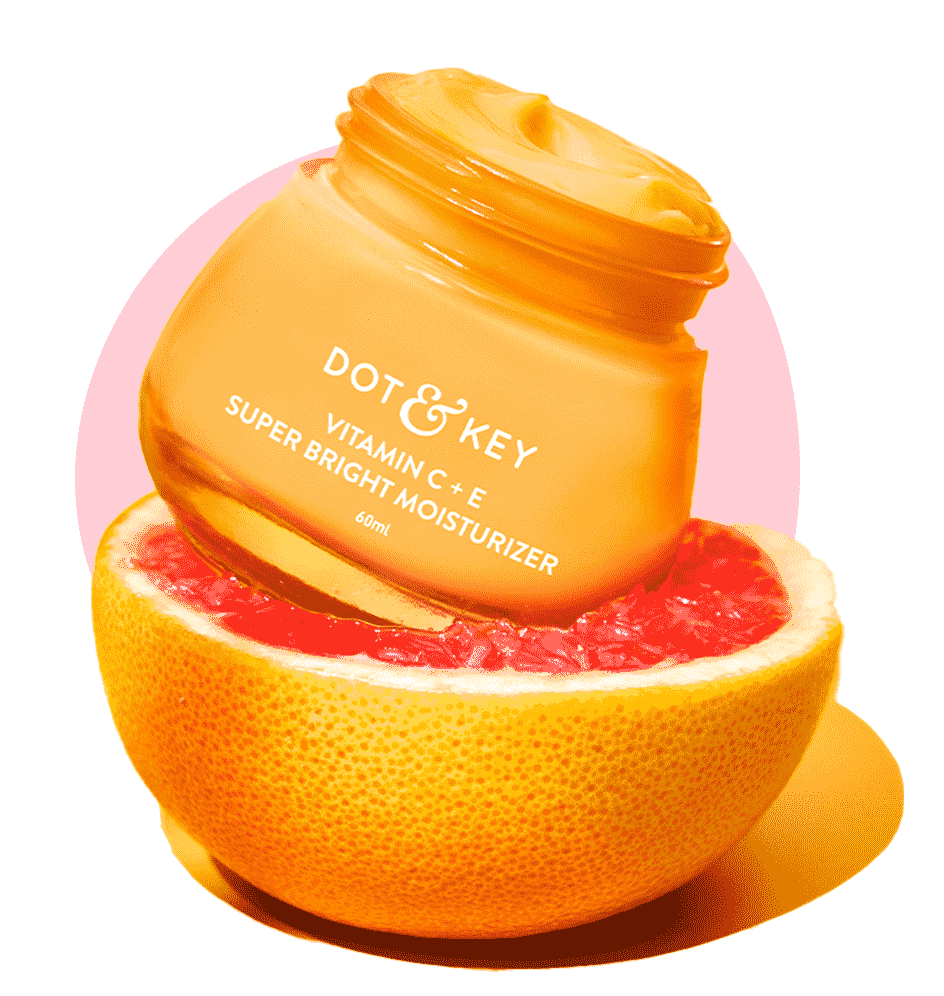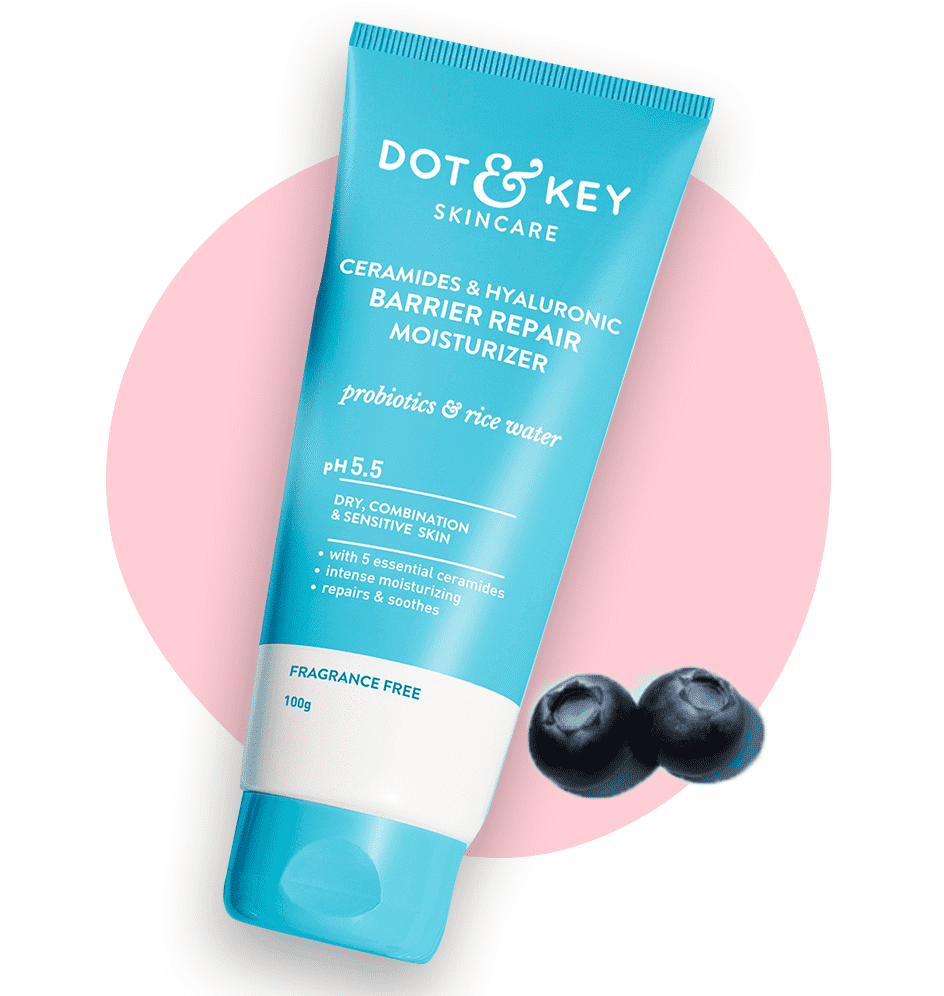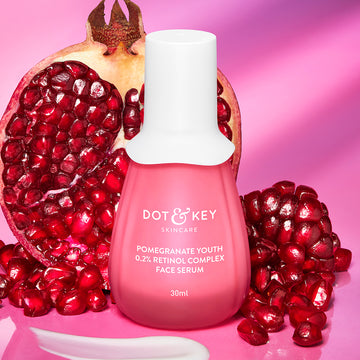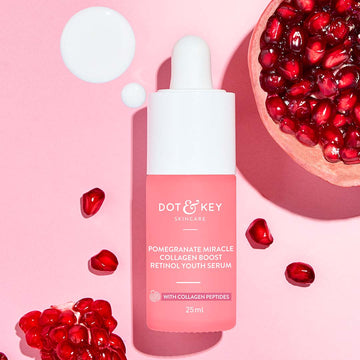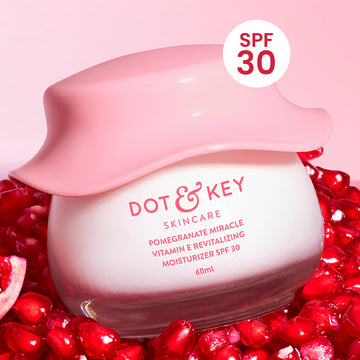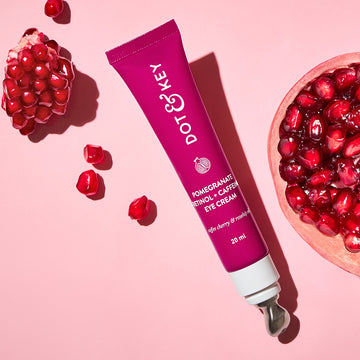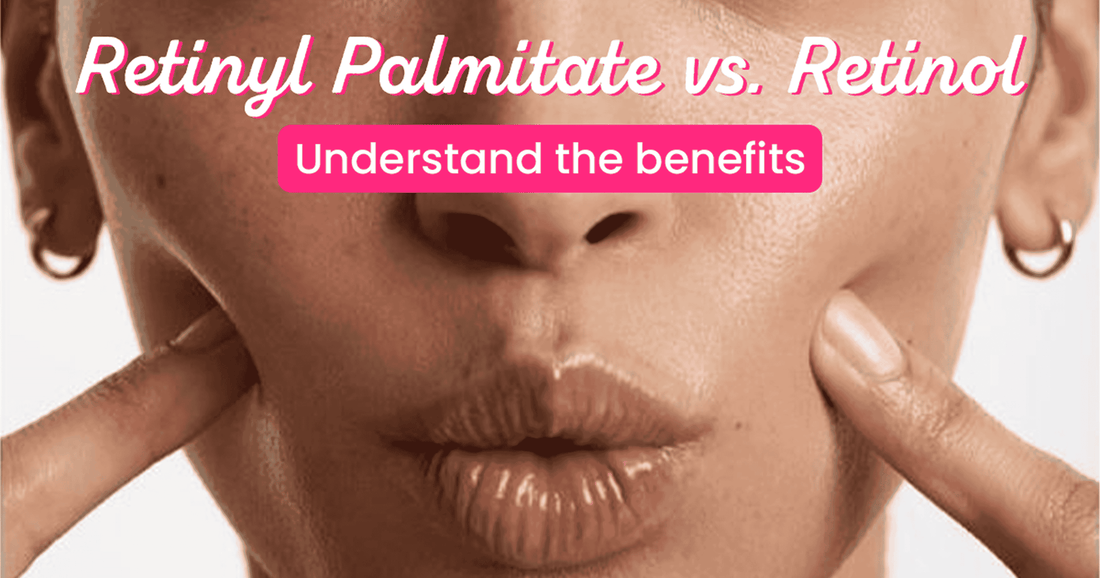
Retinyl palmitate and retinol are both derivatives of Vitamin A used in skincare, but they differ in potency and how they work in the skin. Retinyl palmitate is a milder, more stable form of Vitamin A, while retinol is more potent and provides faster results. Choosing between the two depends on your skin type, concerns, and tolerance.
Here’s a detailed comparison to help you decide which one suits your skincare needs.
What is Retinyl Palmitate?
Retinyl palmitate is a combination of retinol and palmitic acid, making it a gentler precursor to retinol. It must be converted by the skin into retinol and then retinoic acid to become active, which makes it the least potent form of Vitamin A.
Key Benefits of Retinyl Palmitate:
- Gentle on Skin: Ideal for sensitive skin or beginners.
- Improves Skin Texture: Gradually enhances smoothness and tone.
- Hydrates Skin: Often paired with emollient ingredients to reduce dryness.
- Mild Anti-Ageing Benefits: Helps soften fine lines and promote healthy skin.
- Stabilized Formula: Less likely to degrade compared to retinol.
What is Retinol?
Retinol is a stronger, more active form of Vitamin A that requires fewer conversion steps to become retinoic acid, the active ingredient that delivers results. It’s widely used for anti-ageing, acne treatment, and improving skin texture.
Key Benefits of Retinol:
- Boosts Cell Turnover: Promotes new skin cell growth for smoother skin.
- Reduces Fine Lines and Wrinkles: Stimulates collagen production.
- Fades Hyperpigmentation: Improves uneven skin tone and dark spots.
- Treats Acne: Prevents clogged pores and reduces breakouts.
- Visible Results: Faster and more noticeable improvements compared to retinyl palmitate.
How They Compare
| Feature | Retinyl Palmitate | Retinol |
|---|---|---|
| Potency | Low; requires multiple conversions to become active. | Moderate; requires fewer conversions to become active. |
| Skin Renewal | Gradual improvement over time. | Faster results in cell turnover. |
| Anti-Ageing Benefits | Mild; helps prevent early signs of ageing. | Significant; reduces wrinkles and fine lines. |
| Hyperpigmentation | Minimal impact on dark spots. | Effective for fading pigmentation and evening tone. |
| Acne Treatment | Less effective; more for maintenance. | Targets acne and prevents new breakouts. |
| Irritation Potential | Very low; gentle on all skin types. | Moderate; may cause dryness or peeling initially. |
| Frequency of Use | Safe for daily use, even for sensitive skin. | Start with 2–3 times a week and build tolerance. |
Which is Better for Your Skin?
The choice depends on your skin type, concerns, and goals:
Choose Retinyl Palmitate If:
- You’re new to Vitamin A products and want a gentler introduction.
- You have sensitive or reactive skin prone to irritation.
- Your primary goal is to prevent early signs of ageing or maintain healthy skin.
- You prefer a mild, stable ingredient that’s less likely to cause dryness.
Choose Retinol If:
- Your focus is on anti-ageing, such as reducing fine lines and wrinkles.
- You’re targeting acne or clogged pores.
- You want to improve skin texture and pigmentation more aggressively.
- You’re comfortable with a stronger product that requires a gradual introduction.
Can You Transition from Retinyl Palmitate to Retinol?
Yes, many people start with retinyl palmitate to build tolerance before transitioning to retinol. This is a great way to minimize irritation.
How to Transition:
- Start with Retinyl Palmitate: Use it daily for several weeks to condition your skin.
- Introduce Retinol Gradually: Begin with 2–3 times a week, increasing frequency as tolerated.
- Hydrate and Protect: Always pair with a moisturizer and sunscreen to maintain skin health.
Who Should Use Both?
If your skin can tolerate it, you might use retinyl palmitate in the morning and retinol at night, as retinyl palmitate is gentler and better suited for daytime use (with sunscreen).
Common Mistakes to Avoid
- Skipping Sunscreen: Retinoids make the skin more sensitive to sunlight, so SPF is essential.
- Overusing Retinol: Start slow to prevent dryness or irritation.
- Neglecting Moisturizer: Pair these ingredients with a hydrating product to maintain a healthy skin barrier.
Science Backing
- Retinyl Palmitate: Studies in the International Journal of Cosmetic Science highlight its role as a milder, stable form of Vitamin A for maintaining skin health.
- Retinol: Research in the Journal of Investigative Dermatology confirms retinol’s effectiveness in reducing wrinkles, improving texture, and treating acne.
- Combination Use: Dermatologists often recommend starting with retinyl palmitate and transitioning to retinol for more dramatic results, as noted in the Journal of Cosmetic Dermatology.
Conclusion
Both retinyl palmitate and retinol are effective Vitamin A derivatives, but they cater to different needs. Choose retinyl palmitate if you’re looking for a gentle, beginner-friendly option or have sensitive skin. Opt for retinol if you want faster, more visible results for anti-ageing, acne, or texture improvement.
FAQs About Retinyl Palmitate and Retinol
1. Is Retinol Stronger Than Retinyl Palmitate?
Yes, retinol is significantly stronger because it requires fewer conversion steps to become active.
2. Can I Use Retinyl Palmitate and Retinol Together?
It’s generally unnecessary, but they can be used on different days or areas of the face.
3. Do I Need Sunscreen When Using These Products?
Yes, both increase sun sensitivity. Always use SPF 30 or higher during the day.








